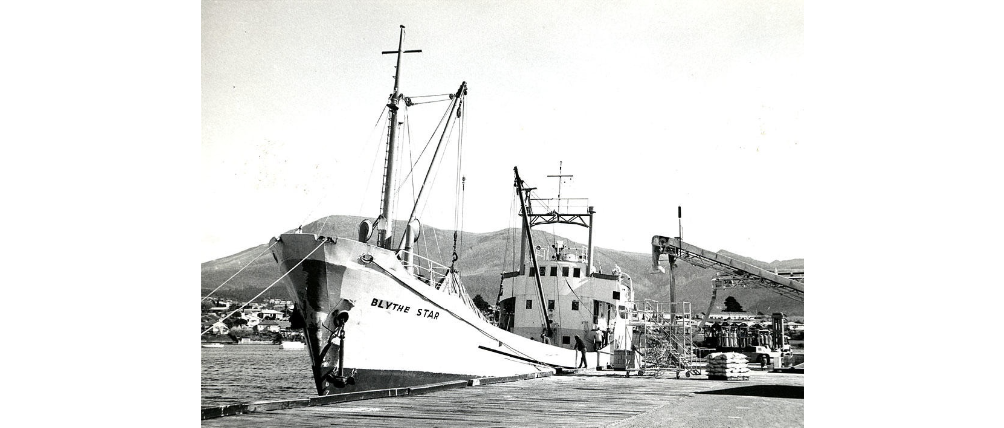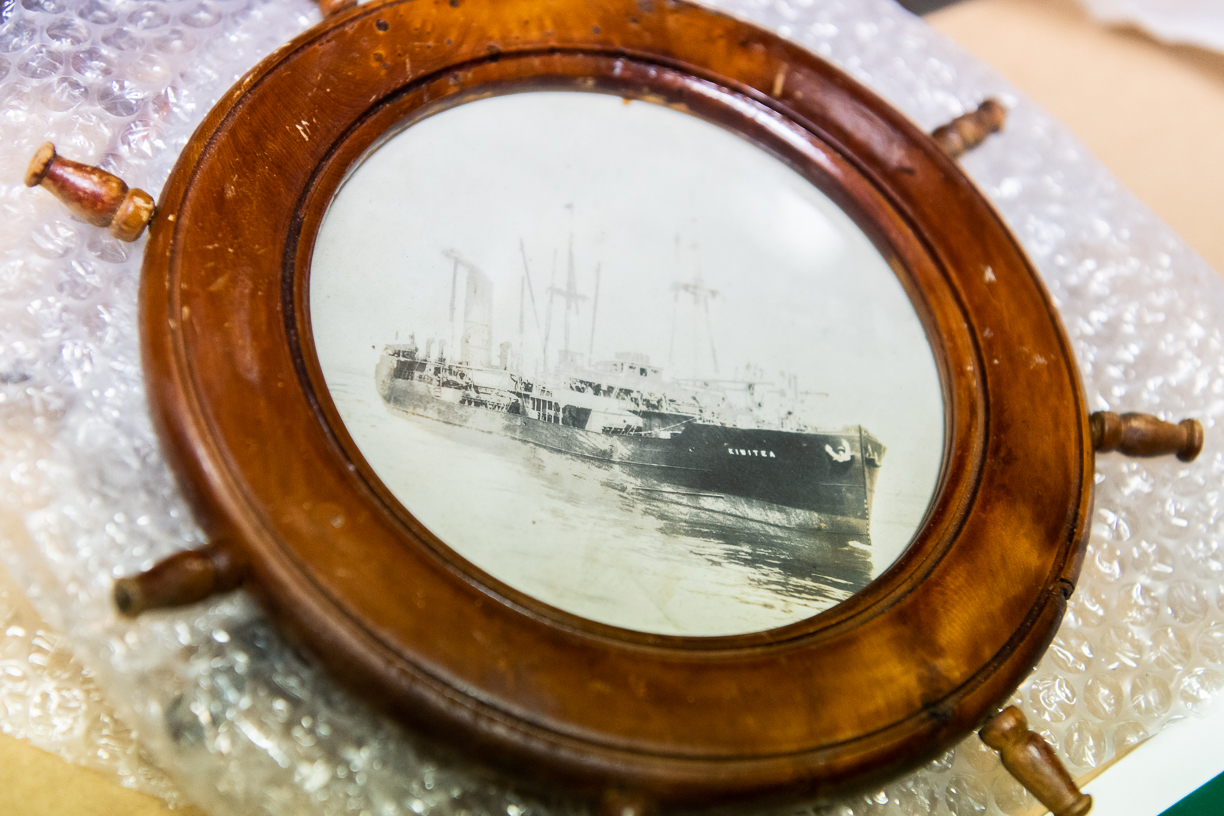Back from the grave: Blythe Star remembered
It has been half a century since the tragic disappearance of the MV Blythe Star in October 1973, an event that triggered the largest air and sea search operation in Australian history. This gripping search garnered extensive media coverage and captivated the public's imagination on an unprecedented scale.
Despite exhaustive efforts, there was no trace of the ship or its crew. Therefore, when three survivors miraculously emerged from Deep Glen Bay, located 7 kilometres north of Eaglehawk Neck, the nation's media erupted in a frenzy. Men do not often return from the dead.
Every newspaper across the nation splashed the extraordinary news across its pages, dubbing it a true miracle. Radio stations recycled scraps of information, and TV news beamed pictures of the bedraggled, semi-delirious, dehydrated, and emaciated survivors into lounge rooms across the country. Reporters clustered around frantically, as the men were transferred from helicopter to ambulance on their way to hospital, probing with their microphones to catch something their competitors had missed.
Hobart’s Mercury and the Sydney Morning Herald rushed to publish double-page supplements over two weekends, telling the story of the seven men who made it to safety, and of the three who did not.
Weeks later, it all started again, with blow-by-blow accounts reporting the proceedings of the Court of Marine Inquiry and the decision of the court, which ultimately satisfied no one.
In April 2023, the Blythe Star shipwreck was located by CSIRO, bringing the story back into the media's spotlight.
Look back with us at a collection of images and artefacts from the Blythe Star, as we remember the incident's enduring legacy.


